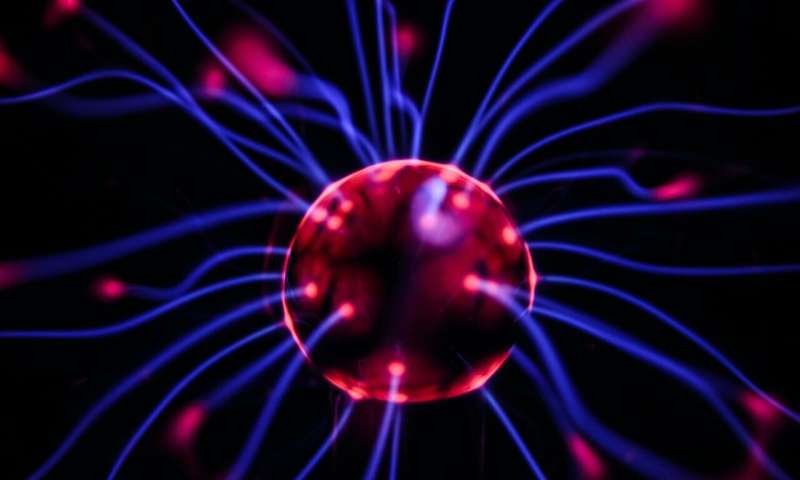Virtual brain bank could help us get the most out of brain donation

A virtual brain bank could maximize the potential of brain donation by extending the core physical bank to include existing repositories of clinical tissues and data, according to the authors of a Perspective published today by the Medical Journal of Australia.
Dr. Amanda Rush, from the NSW Health Statewide Biobank, and Associate Professor Greg Sutherland, from the Charles Perkins Center at the University of Sydney, wrote that in Australia "that post-mortem brain tissue is a key component of neuroscience research." However, "autopsies in general are now uncommon" and "brain removal is not routinely included as part of an autopsy or post mortem examination."
"For brain donor programs, brain removal logistics are often complex and costly, with reliance on in-kind support from funeral directors, clinicians and mortuary staff," Rush and Sutherland wrote.
"After tissue harvesting, brains require specialist processing expertise and large storage areas, resulting in increased labor and space costs.
"The timing and finality of brain removal can also have an impact on the collection of longitudinal clinical data, which may require medical records departmental input and/or facilitation by family members."
With the predicted rise in the morbidity and mortality of dementia, and "reported increases in the prevalence of mental health in Australia" there is a growing need for "research into risk factors and therapies for neurological diseases."
"In the future, even larger cohorts will be required to examine the probable gene– environment interactions that confer risk for many sporadic brain diseases," they wrote.
"We propose a novel brain banking strategy that maximizes the potential of brain donation by extending the core physical bank to include existing repositories of clinical tissues and data, creating a virtual brain bank."
Rush and Sutherland proposed a next-generation brain bank which incorporates alternative technologies into a "suite of products offered to researchers."
"An integrated brain bank could extend their involvement to more comprehensive clinical data collection, generation and analysis," Rush and Sutherland wrote.
"This would make samples and derivatives such as serum, DNA, images and genetic/-omic data available for researchers, allowing brain banks to contribute to research on brain diseases for living patients.
"We suggest extending this approach beyond just a brain focus by "integrating into multi-purpose biobanking initiatives.
"In this scenario, the brain bank could remain responsible for the characterisation and provision of brain-related tissue and data but be just one component in an integrated resource that characterizes the lifespan of an individual donor."
The authors concluded that:
"To be most effective, biobanking needs to change its modus operandi from a static operation that banks tissue indefinitely to one that is actively involved in the research process—a so-called biolibrary.
"By integrating with wider biobanking initiatives, next-generation brain banks can contribute to the clinical, pathological and clinicopathological characterisation of a range of tissues and data for researchers of all disease interests.
"Importantly, a virtual brain bank or brain and body biolibrary will create future research synergies that otherwise would not be achieved."
More information: Amanda Rush et al. The future of brain banking in Australia: an integrated brain and body biolibrary, Medical Journal of Australia (2021). DOI: 10.5694/mja2.51049


















